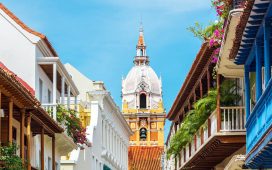Buenos Aires, Argentina’s vibrant capital, is a city that pulses with rhythm, romance, and resilience. Often called the Paris of South America, it is a place where European elegance collides with Latin American spirit. The city’s wide boulevards, ornate architecture, and leafy plazas are a backdrop for tango dancers, bustling cafés, and the passionate roar of fútbol fans. Buenos Aires isn’t just a city you visit—it’s one you feel, from the cobblestone streets of San Telmo to the colorful houses of La Boca, from the sophistication of Recoleta to the trendy vibes of Palermo. This is a city that embraces its contradictions: cosmopolitan yet traditional, refined yet raw, always alive.

History
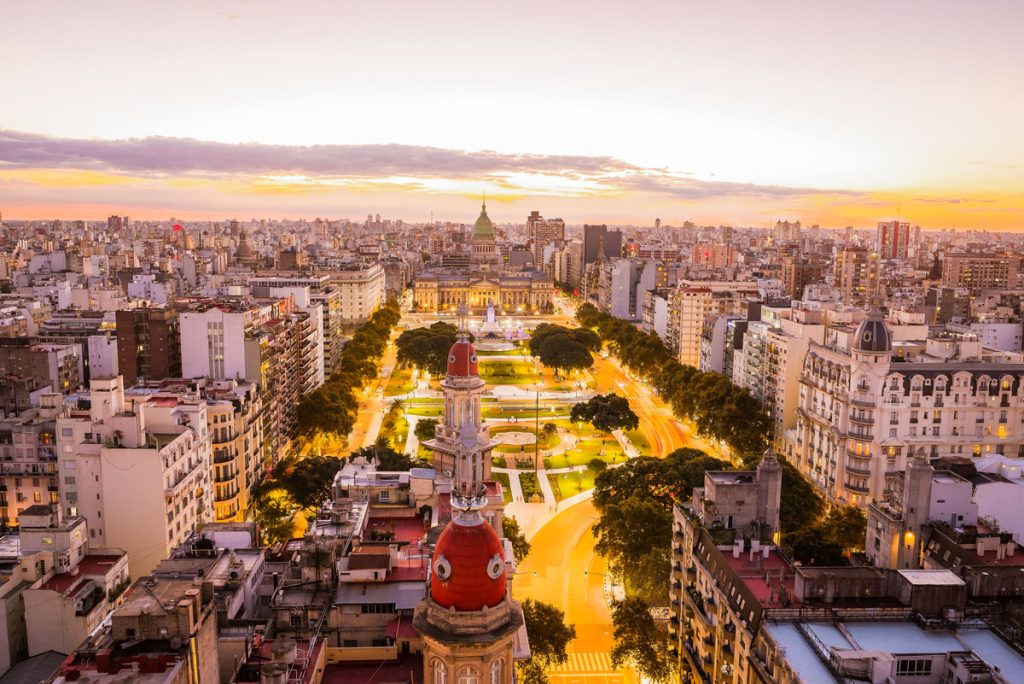
Understanding Buenos Aires means diving into its past, where waves of immigrants, revolutions, and cultural shifts shaped the city’s personality. Founded in the 16th century, Buenos Aires began as a small settlement along the Río de la Plata, later growing into a bustling port city that attracted Europeans in search of a new life. The architecture, cuisine, and even the language still bear the influence of Italian, Spanish, and French immigrants. Yet beneath this European veneer lies a uniquely Argentine soul—tango music, gaucho traditions, and political struggles that define its identity. To explore Buenos Aires is to walk through layers of history, each telling a story of resilience, creativity, and passion.
Landmarks & Architecture
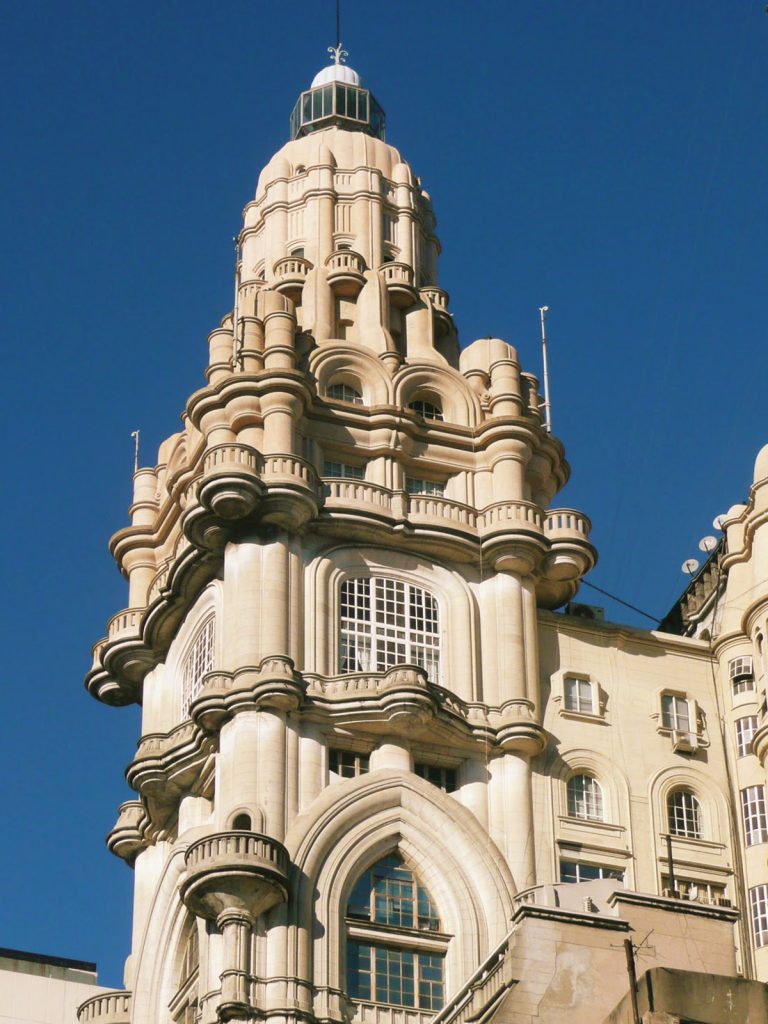
Buenos Aires is a living museum of architecture, with every neighborhood offering its own aesthetic mood. Walking the streets feels like traveling across time: one moment you’ll encounter French-inspired mansions, the next an art deco gem, and around the corner a colorful working-class street. The city’s landmarks are not only photogenic but deeply symbolic, representing Argentina’s political, cultural, and social identity.

- Casa Rosada – The famous pink presidential palace in Plaza de Mayo, where Eva Perón once addressed the people from its balcony. Guided tours allow visitors to step inside and explore Argentina’s political history.
- Obelisco – Rising 67 meters tall, this monument marks the founding of Buenos Aires and stands proudly on Avenida 9 de Julio, one of the world’s widest avenues. It’s the city’s most iconic photo spot.
- Palacio Barolo – An eclectic skyscraper inspired by Dante’s Divine Comedy. A rooftop tour at sunset rewards you with panoramic views of the city.
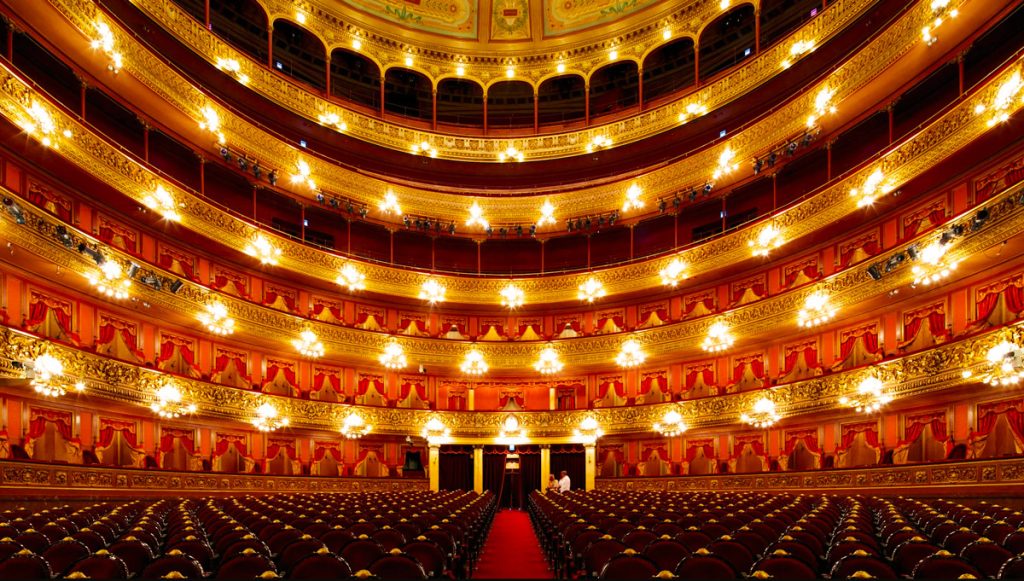
- Teatro Colón – A masterpiece of 20th-century architecture, this opera house is renowned for its acoustics. Even if you don’t catch a performance, guided tours reveal its chandeliers, stained glass, and opulent interiors.
- La Boca & Caminito Street – Known for its colorful houses and tango performances in the open air, this neighborhood celebrates the city’s immigrant roots and working-class culture.
- Recoleta Cemetery – A city of the dead that feels alive with history. Mausoleums of Argentina’s most famous figures, including Eva Perón, make this one of the most visited cemeteries in the world.
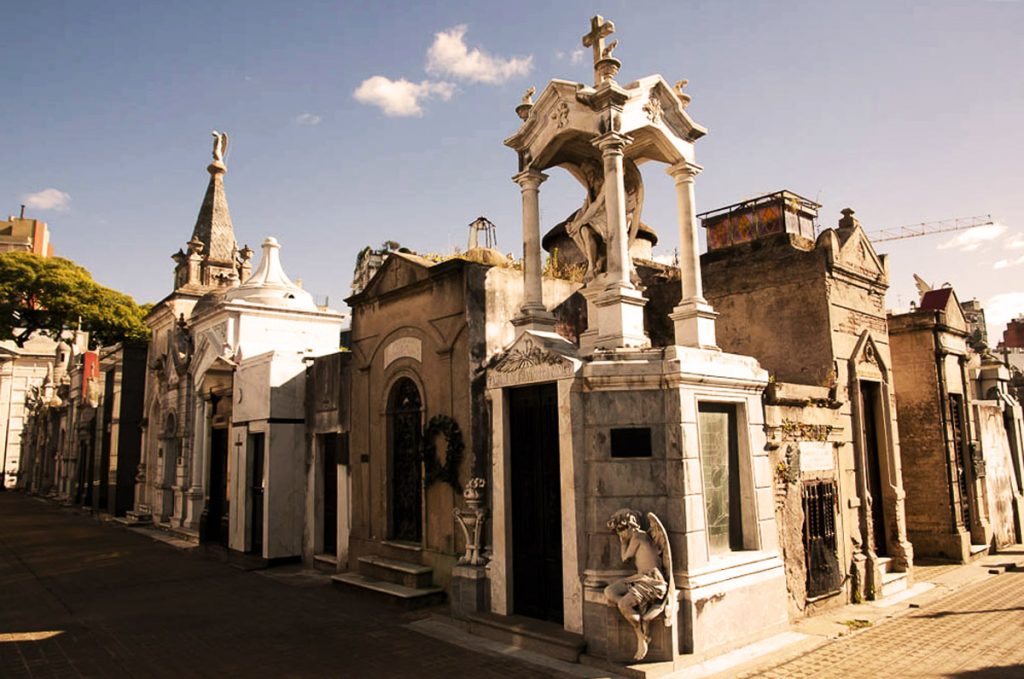
Museums & Culture
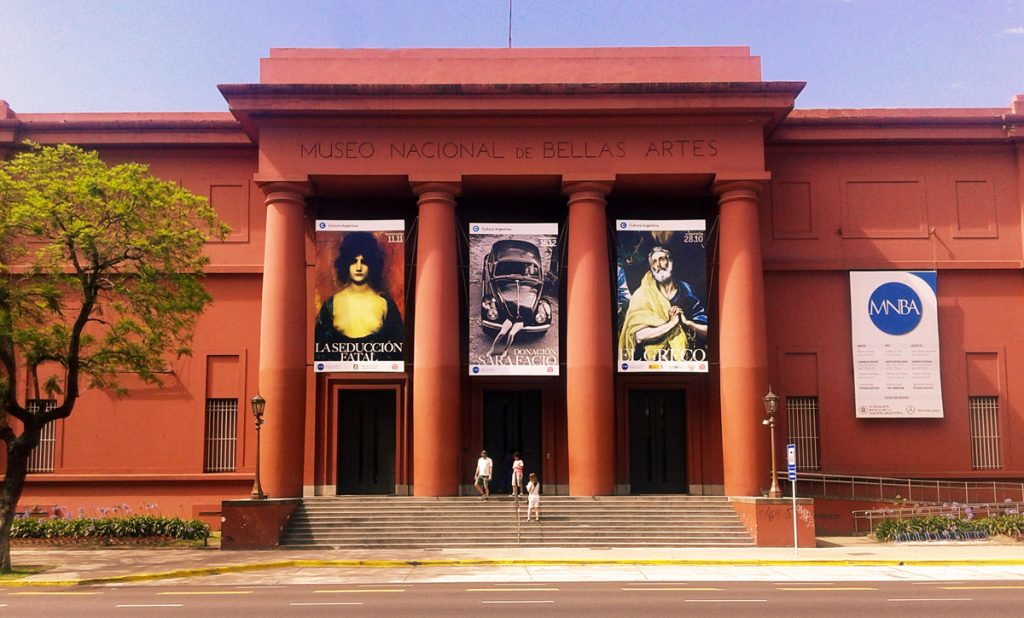
Few cities in South America can rival Buenos Aires’ cultural richness. Museums here are not just collections of art and artifacts but reflections of the city’s complex soul—its creativity, politics, and passions. Whether you’re admiring a Van Gogh, diving into contemporary Latin American art, or learning about the legendary Eva Perón, Buenos Aires invites you to connect with its identity through culture.
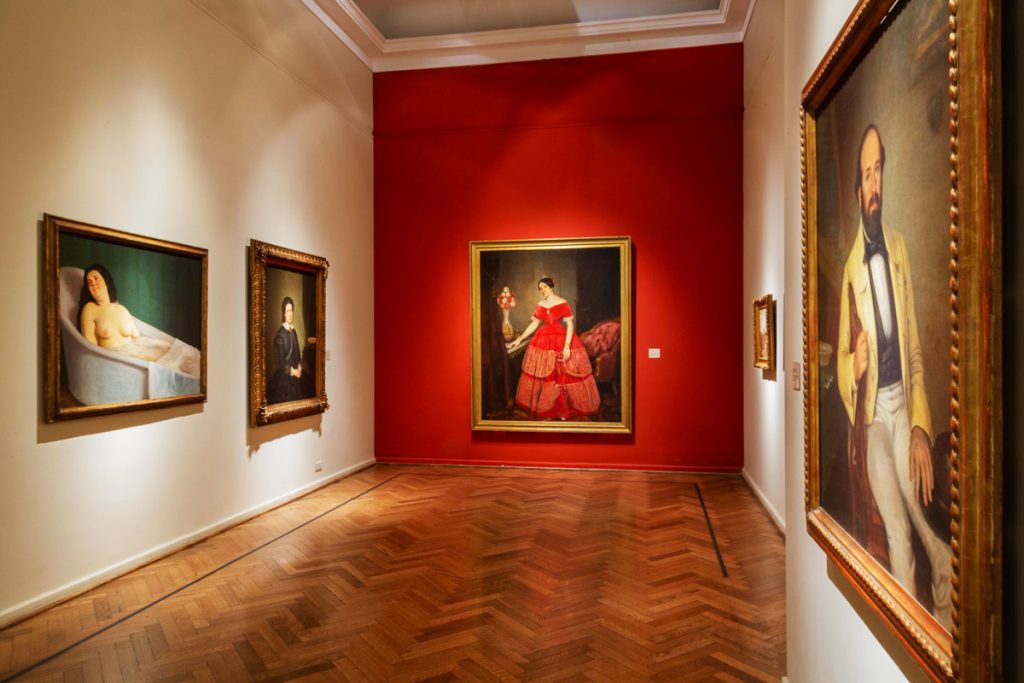
- Museo Nacional de Bellas Artes – Free to enter, this national gallery houses works by Rembrandt, Van Gogh, Monet, and Argentine masters. Its permanent collection makes it one of the most important art museums in Latin America.
- Museo Evita – Located in a beautiful mansion in Palermo, this museum details the life of Eva Perón through photographs, clothing, and historical documents.
- Fundación Proa – Perched in La Boca with views over the Riachuelo River, this cutting-edge museum features contemporary art exhibitions, plus a café terrace perfect for relaxing afterward.
- MALBA (Museo de Arte Latinoamericano de Buenos Aires) – A sleek modern museum showcasing Latin America’s most influential artists, from Frida Kahlo to Tarsila do Amaral. It’s a cultural must.

Spotlight: Tango – The Soul of Buenos Aires
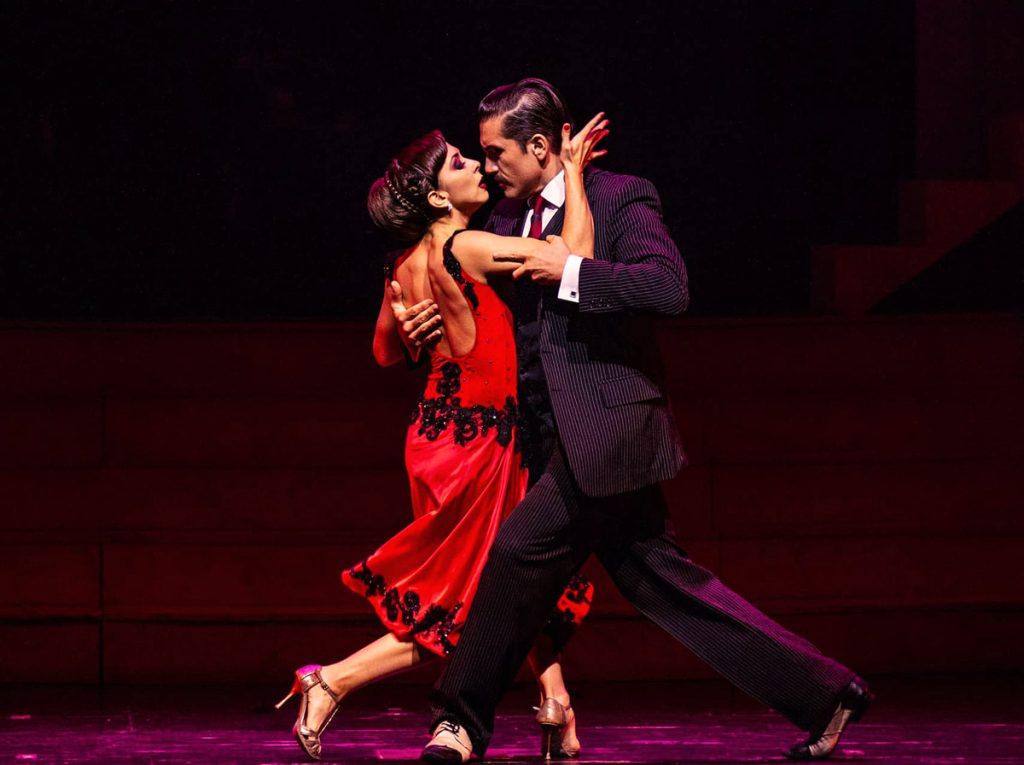
Tango is more than a dance in Buenos Aires—it is the city’s living poetry, born in the late 19th century in the immigrant neighborhoods along the docks, where cultures from Europe, Africa, and Argentina blended into something entirely new. What began as a raw, emotional expression of longing in the streets and bars of La Boca and San Telmo has grown into an art form recognized around the world. Yet here, in its birthplace, tango still feels intimate and deeply human.
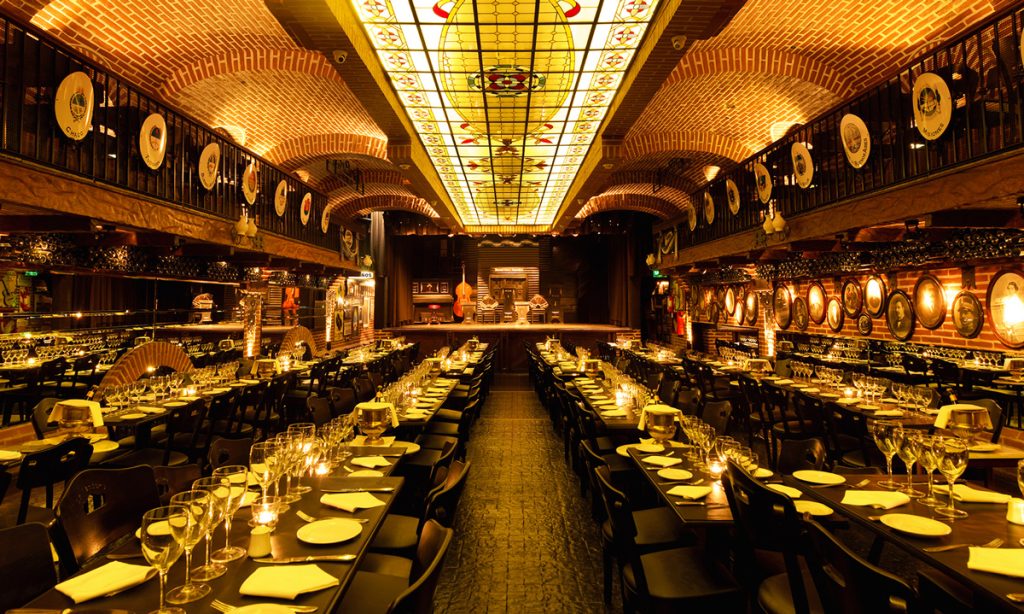
Experiencing tango in Buenos Aires isn’t just about watching a performance—it’s about feeling the energy in the room, the connection between dancers, and the music that tugs at the soul. A polished dinner show in a grand hall immerses you in the spectacle and elegance of tango’s theatrical side, while a night at a traditional milonga offers something more authentic: locals of all ages gathering to dance late into the night, where the boundaries between performer and spectator blur.
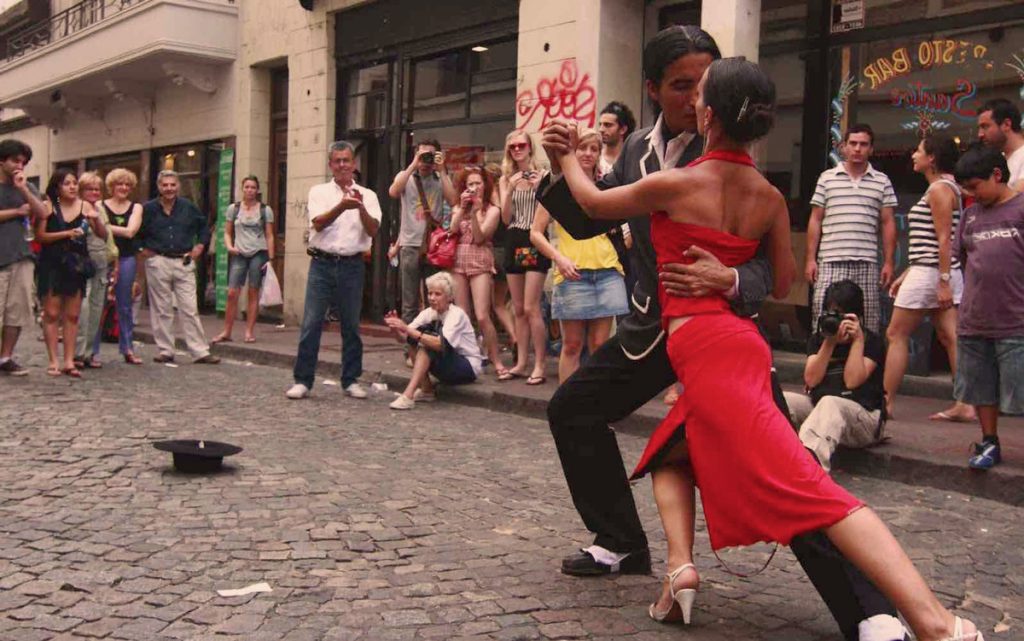
Tango embodies the city’s essence—passionate, dramatic, and endlessly expressive. Whether you sit back and watch or dare to take a lesson yourself, you’ll come away with a deeper sense of Buenos Aires, because tango isn’t just part of its history—it’s part of its heartbeat.
Neighborhoods
Buenos Aires is not one city but a collection of neighborhoods, or barrios, each telling its own story. Exploring them is like moving between different worlds—bohemian, aristocratic, trendy, and historic. The neighborhoods are the heartbeat of the city, giving Buenos Aires its distinct character and its endless sense of discovery.

- San Telmo – The city’s oldest neighborhood, filled with cobbled streets, antique shops, and a famous Sunday market that blends tango performances with stalls selling vintage treasures.
- Recoleta – Elegant and aristocratic, with Parisian-style boulevards, high-end boutiques, and cultural institutions. Its parks and squares are filled with sculptures and shaded cafés.
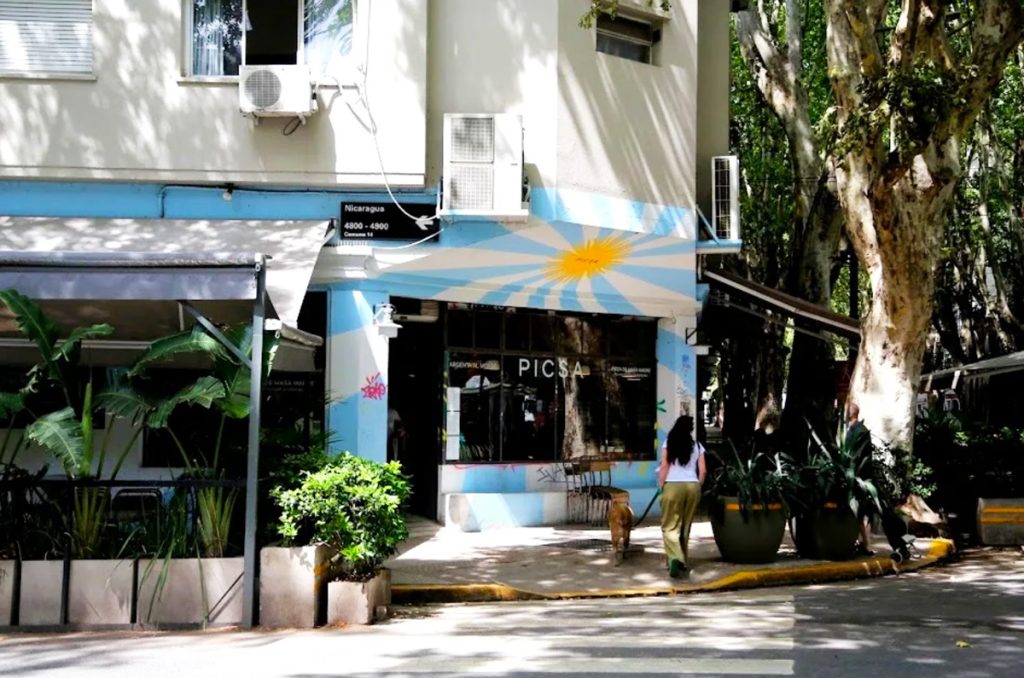
- Palermo – The trendiest barrio, divided into Palermo Soho (boutiques, street art, indie cafés) and Palermo Hollywood (bars, restaurants, and nightlife). It’s the place for young, creative energy.
- La Boca – Vibrant and colorful, known for its brightly painted houses and its deep connection to fútbol and immigrant history. Caminito Street is the centerpiece.
- Puerto Madero – Buenos Aires’ modern face: renovated docks turned into upscale restaurants, sleek hotels, and skyscrapers reflecting in the Río de la Plata.
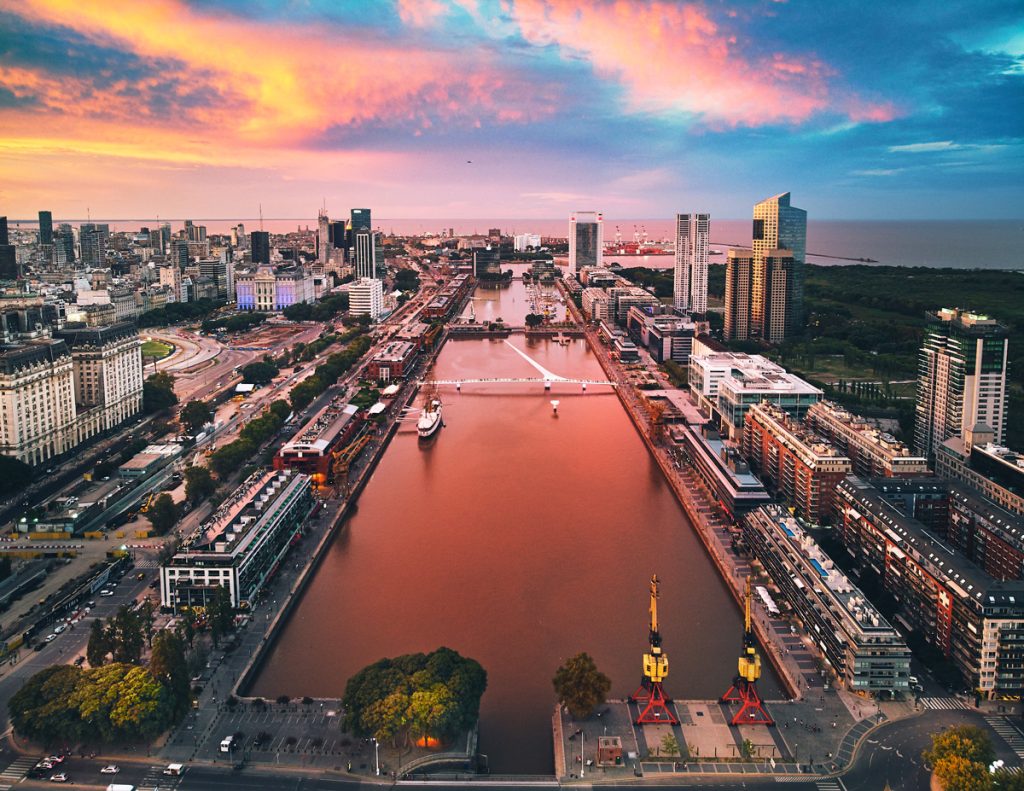
Hidden Gems
Beyond its grand boulevards and famous monuments, Buenos Aires conceals treasures known mostly to locals. These hidden gems reveal the city’s quieter, more personal side—its underground history, its green escapes, and its intimate gathering spots. Seek them out, and you’ll see a Buenos Aires few tourists experience.
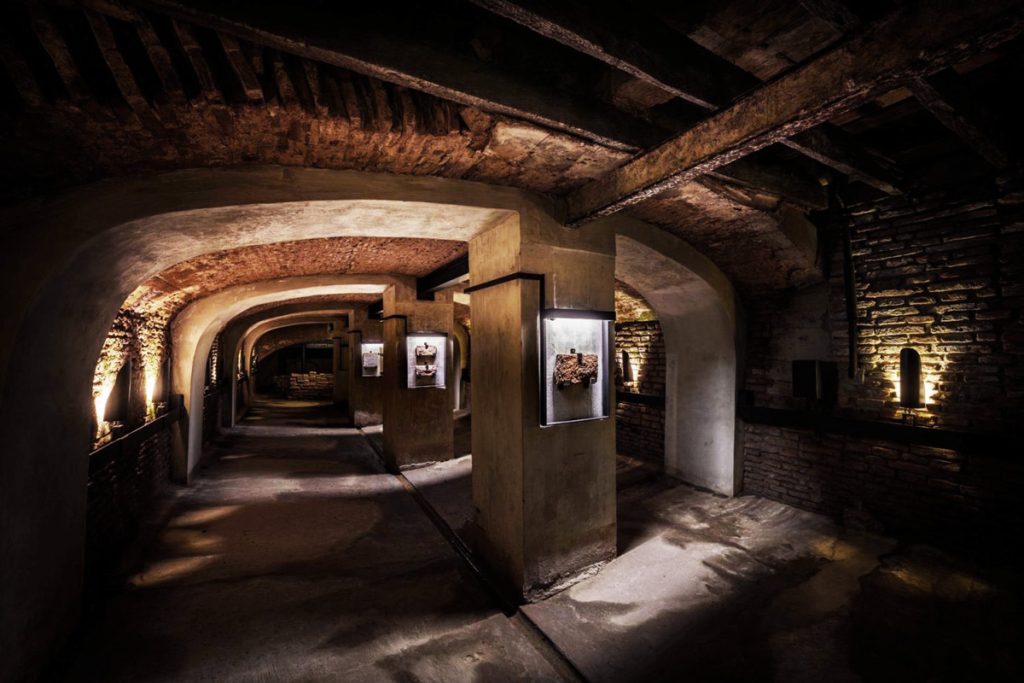
- El Zanjón de Granados – A fascinating underground archaeological site where tunnels and cisterns tell the hidden story of the city’s colonial past.
- Bar Los Galgos – A revived 1930s bar with classic Argentine style. It’s the perfect spot for vermouth, picadas, and old-world charm.
- Villa Crespo – A local neighborhood just beyond Palermo, filled with authentic restaurants, leather shops, and a slower pace of life away from tourist crowds.
- Botanical Garden – Designed by French landscape architect Carlos Thays, this garden is home to thousands of plant species and serene pathways dotted with sculptures.

Food & Dining

Buenos Aires is as much a feast for the stomach as it is for the eyes and ears. The city lives and breathes food, with parrillas filling the air with the aroma of sizzling beef, cafés serving espresso like an art form, and markets overflowing with empanadas, choripanes, and pastries. Dining here is not just about eating—it’s about experiencing Argentina’s identity at the table.
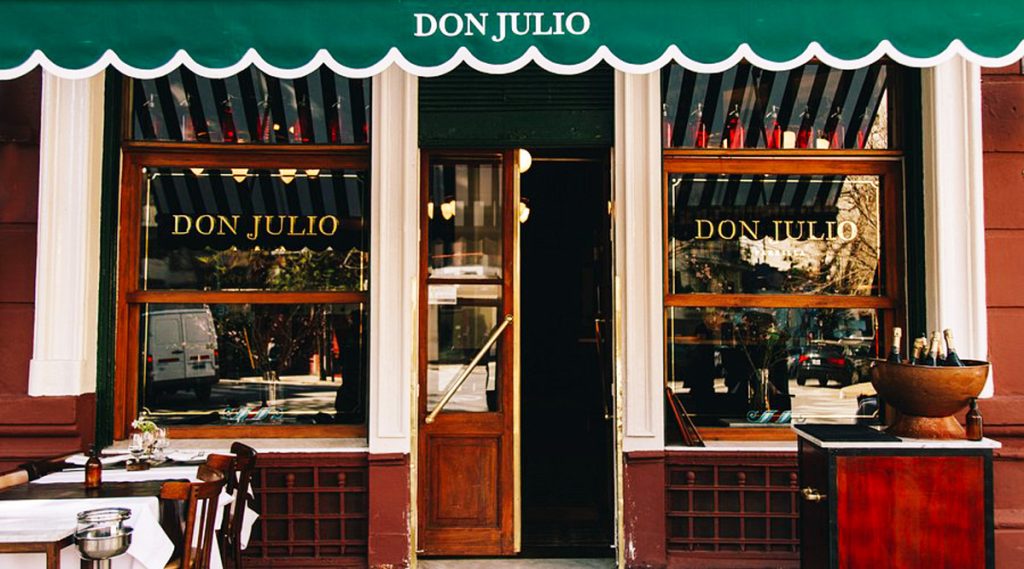
- Don Julio – A temple of Argentine steak, ranked among the world’s top restaurants. Known for its perfectly grilled cuts and attentive service, it’s a true pilgrimage for carnivores.
- La Cabrera – Famous for oversized portions, excellent cuts of beef, and generous accompaniments. A lively atmosphere that embodies Buenos Aires dining.
- Chila – A Michelin-starred restaurant offering haute cuisine that elevates Argentine ingredients into elegant, artfully plated creations. Ideal for fine dining enthusiasts.
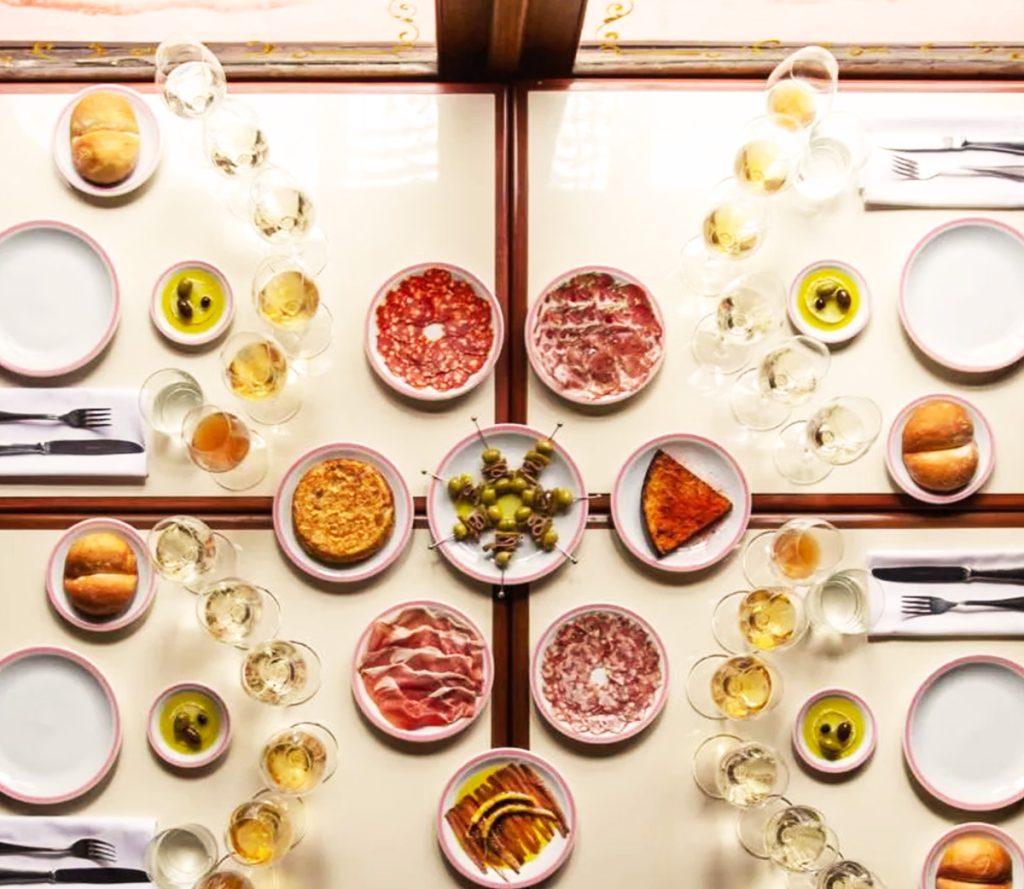
- El Preferido de Palermo – Once a humble bodega, now a stylish eatery serving both traditional Argentine dishes and inventive takes. Its pink façade makes it instantly recognizable.
- Café Tortoni – Open since 1858, this historic café has hosted writers, musicians, and thinkers. Today, visitors come for the atmosphere as much as the coffee and pastries.
- San Telmo Market – A lively covered market where locals shop for produce and travelers sample empanadas, choripán sandwiches, and artisanal treats.
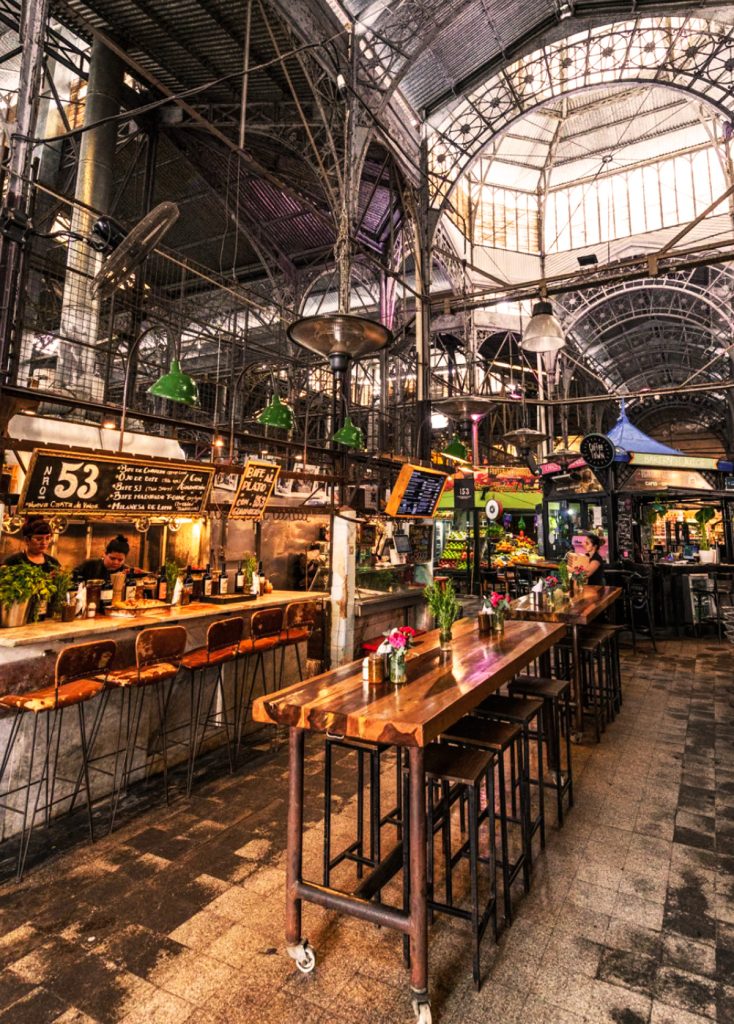
Day Trips
Though Buenos Aires itself could fill weeks of exploration, stepping outside the city opens up an entirely new perspective. From lush river deltas to colonial towns and gaucho culture, these day trips let you experience the greater richness of Argentina and even beyond.
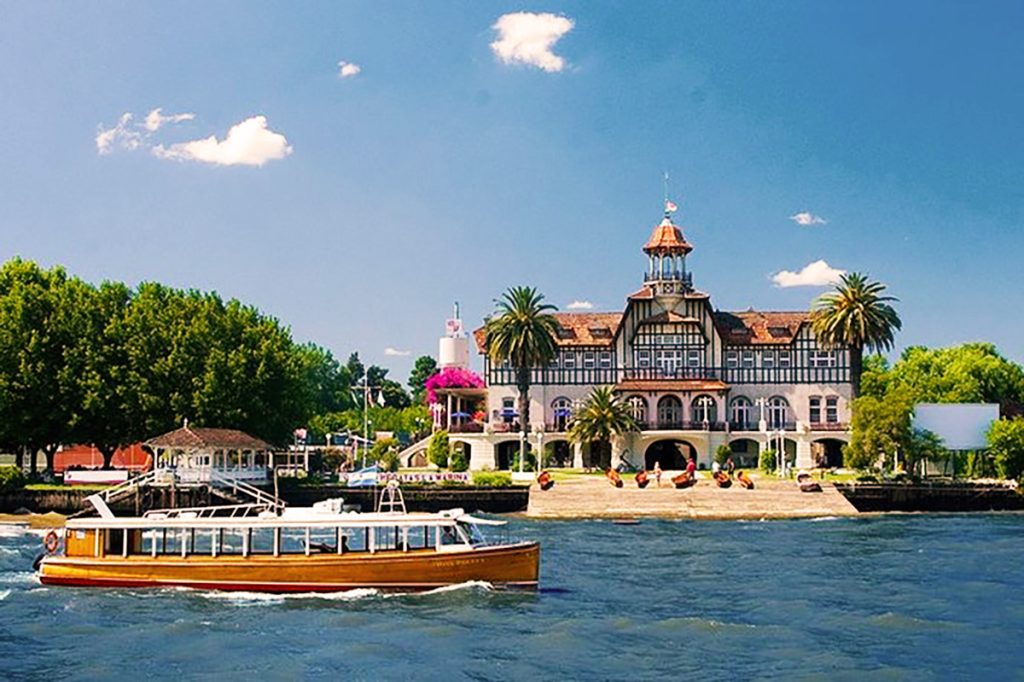
- Tigre Delta – Just an hour by train, this lush network of rivers and islands is best explored by boat. It’s a peaceful contrast to the city, with riverside restaurants and weekend homes.
- San Antonio de Areco – A charming colonial town that celebrates Argentina’s gaucho heritage. Visit silver workshops, ride horses, or catch a festival celebrating cowboy culture.
- Colonia del Sacramento, Uruguay – A UNESCO World Heritage town a short ferry ride away. Its cobblestone streets, colonial buildings, and riverfront sunsets make it perfect for a day of slow exploration.

Spotlight: Fútbol – The Religion of Buenos Aires

If tango is the soul of Buenos Aires, fútbol is its religion. More than a sport, it’s a passion that unites and divides neighborhoods, families, and entire generations. The city’s two giants, Boca Juniors and River Plate, fuel one of the fiercest rivalries in the world—the Superclásico. Boca’s La Bombonera is legendary for its deafening energy, while River Plate’s Estadio Monumental is Argentina’s largest stadium and a national icon.
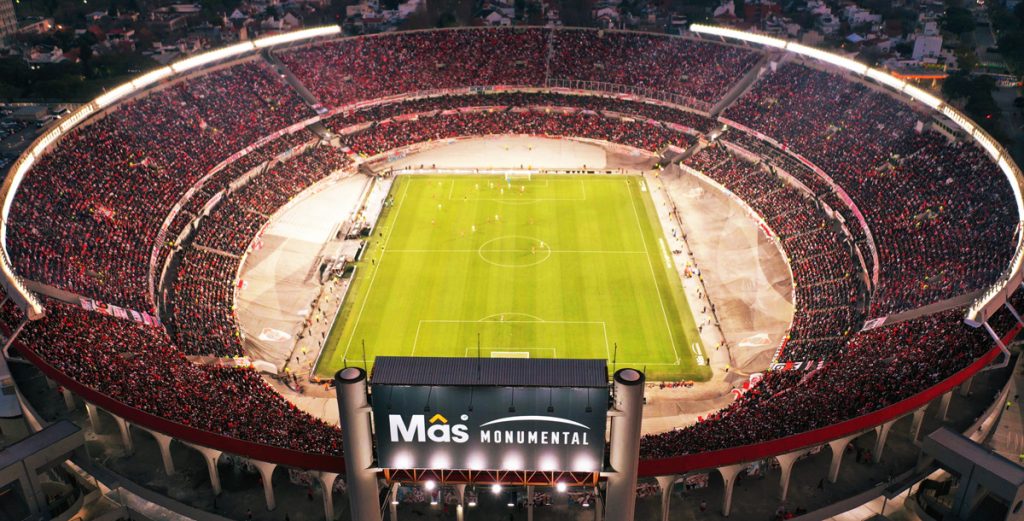
When to Go: The Argentine league runs from January to December, with the Superclásico usually played twice a year. Regular season and Libertadores Cup matches also offer unforgettable atmospheres.
Where to Experience It: La Bombonera in La Boca and Estadio Monumental in Núñez are musts, but matches at other clubs like San Lorenzo or Racing Club also give you an authentic, high-energy look at local fandom.

To watch fútbol here is to witness Argentina’s spirit in its purest form—emotional, intense, and unforgettable.
Where to Stay
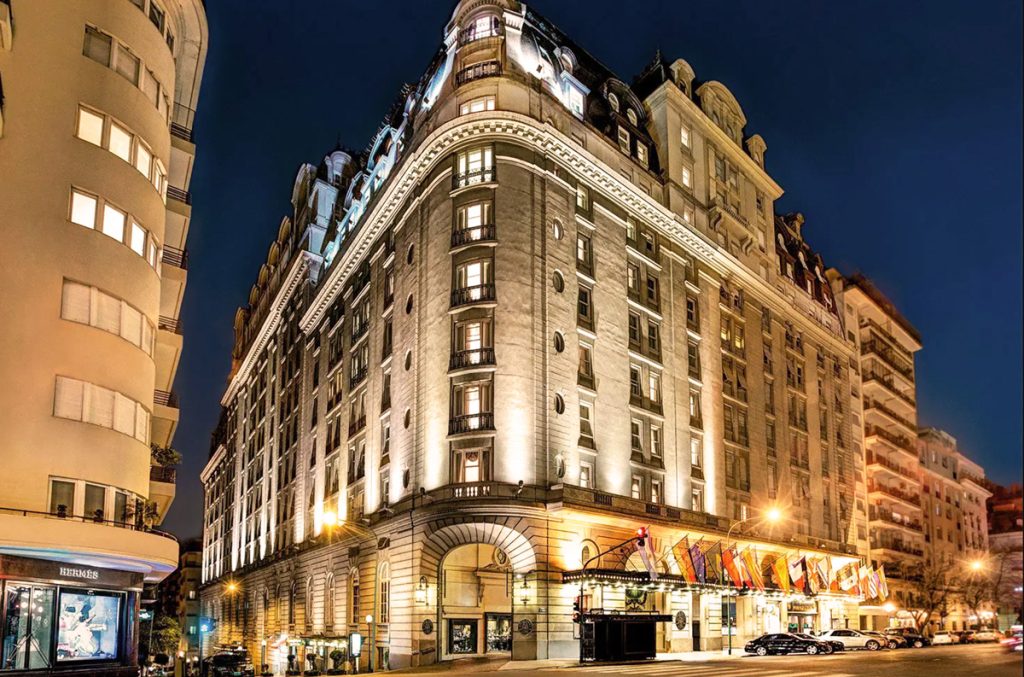
- Luxury – Alvear Palace Hotel (Recoleta): A symbol of old-world elegance with chandeliers, marble, and impeccable service.
- Mid-range – Fierro Hotel (Palermo Hollywood): Spacious suites and a cozy rooftop pool, located near some of the city’s best dining.
- Budget – Milhouse Hostel (Downtown): Known for its social vibe, lively common areas, and affordable dorms, it’s a favorite with backpackers.
- Boutique – Home Hotel (Palermo): Trendy and artsy, with lush gardens, modern design, and a personalized touch.

Practical Tips
- Best Time to Visit: March–May (autumn) and September–November (spring) for mild weather.
- Transport: The Subte (metro) is efficient, taxis and rideshares are plentiful, and walking is the best way to soak in the city.
- Currency: Argentine peso (ARS), though many places also price in U.S. dollars.
- Safety: Stay aware of pickpockets in busy areas; stick to well-lit neighborhoods at night.
Final Thoughts

Buenos Aires is a city that dances between worlds—where European refinement meets Argentine soul, and where every street corner holds a story. Whether you’re savoring a steak, swaying to a tango rhythm, exploring architectural marvels, or roaring with the crowd at a fútbol match, Buenos Aires will leave you captivated. It’s a city that doesn’t just want to be seen—it wants to be felt.


